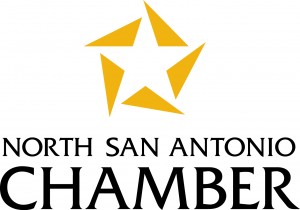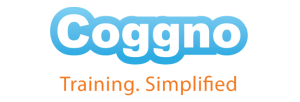
 As part of our efforts to improve business resources for our members, the North San Antonio Chamber of Commerce is now offering an online training web shop – thanks to a partnership with Coggno.com, the premier Internet source for thousands of online training courses that businesses can access anytime, anywhere. Now member businesses can utilize online courses to create a well-trained, knowledgeable workforce in an efficient, convenient and cost-effective manner; and courses can be accessed at computer workstations, as well as from home computers, tablets and even smart phones. All that’s needed is an Internet connection and a desire to learn.
As part of our efforts to improve business resources for our members, the North San Antonio Chamber of Commerce is now offering an online training web shop – thanks to a partnership with Coggno.com, the premier Internet source for thousands of online training courses that businesses can access anytime, anywhere. Now member businesses can utilize online courses to create a well-trained, knowledgeable workforce in an efficient, convenient and cost-effective manner; and courses can be accessed at computer workstations, as well as from home computers, tablets and even smart phones. All that’s needed is an Internet connection and a desire to learn.
“We understand that our member businesses are operating in a fast-paced work environment and can’t always send every employee out for essential training,” says North Chamber President/CEO Duane Wilson. “Through the delivery of this comprehensive, online training catalog that aggregates courses from the top online training providers, we’re addressing the need for a more prepared workforce and time scarcity with on-demand course availability,” he adds.
The North SA Chamber online training catalog features hundreds of high-quality affordable courses created by world-class training developers, and covers virtually all industries including human resources, management, healthcare, safety and many more. Most staple HR and compliance courses are available for about $20, while other, more specialized courses range in price.
Additionally, members receive a free Learning Management System (LMS) along with the training they purchase. The LMS allows organizations to distribute courses easily to their employees with just a URL link; track and monitor employees’ training progress; and report and archive training results for compliance purposes.
Top Benefits of Online Training
- Reduced costs: no need for travel, employee down time
- Access to talent: highly specialized curriculum
- Geographic reach and scalability: ability to train employees with distance learning
- Compliance: for organizations that are required to comply with a multitude of regulations
- Mitigate risk: training helps to prevent failures, liabilities and litigation
- Focus on core business: outsource training development, management and delivery
- Convenience: courses available on-demand, are self-paced and supervisors may distribute to and track courses for each employee via the free Learning Management System (LMS)Take advantage of this opportunity to build a more productive, skilled workforce. Visit the North SA Chamber Training Online Shop today.
Follow these steps to access training
- Visit www.northsachamber.com and click on Training Online Shop to explore the online catalog
- Click on a course category from the topic menu
- View the course options
- Click “Add to Cart” to select a course for purchase
- Click “Checkout” when you have selected all the courses you want to purchase


 Article by John A. Wood
Article by John A. Wood